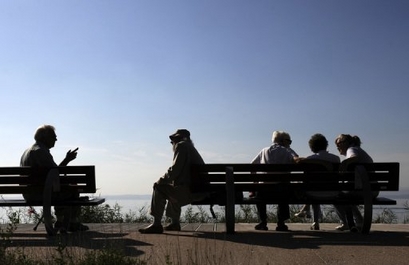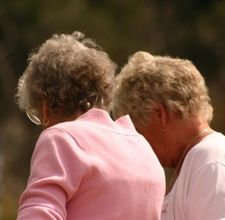A California nursing home in Los Angeles County was fined $75,000 after state investigators concluded that a patient’s feeding tube had been inserted incorrectly. The 78-year-old patient, who suffered from Alzheimer’s and was also recovering from a stroke, died six days later.
The Los Angeles Times reports that the patient, who was admitted into the Whittier facility in 2008, complained of abdominal pain and of having trouble breathing after the tube was inserted. Shortly after the man arrived at the emergency room, doctors discovered that the man’s stomach was inflamed. The man underwent an operation and was put on a ventilator, but could not be saved.
Feeding tubes are usually categorized by their intended use and the site of insertion. One of the most common types is the gastric feeding tube (also know as a gastrostomy tube or g-tube), which delivers food and medication into a patient’s stomach. Feeding tubes are frequently used when a patient cannot eat or drink because he or she cannot swallow. Though usually rare, a variety of complications can occur, including a loosening of the tube, leaking at the insertion site, which can lead to infection, and irritation at the insertion site. Improper insertion of a feeding tube can lead to serious complications, however, and even death.
 Southern California Nursing Home Abuse Lawyer Blog
Southern California Nursing Home Abuse Lawyer Blog


 At a time when reports of elder abuse are on the rise across the nation, our
At a time when reports of elder abuse are on the rise across the nation, our 








